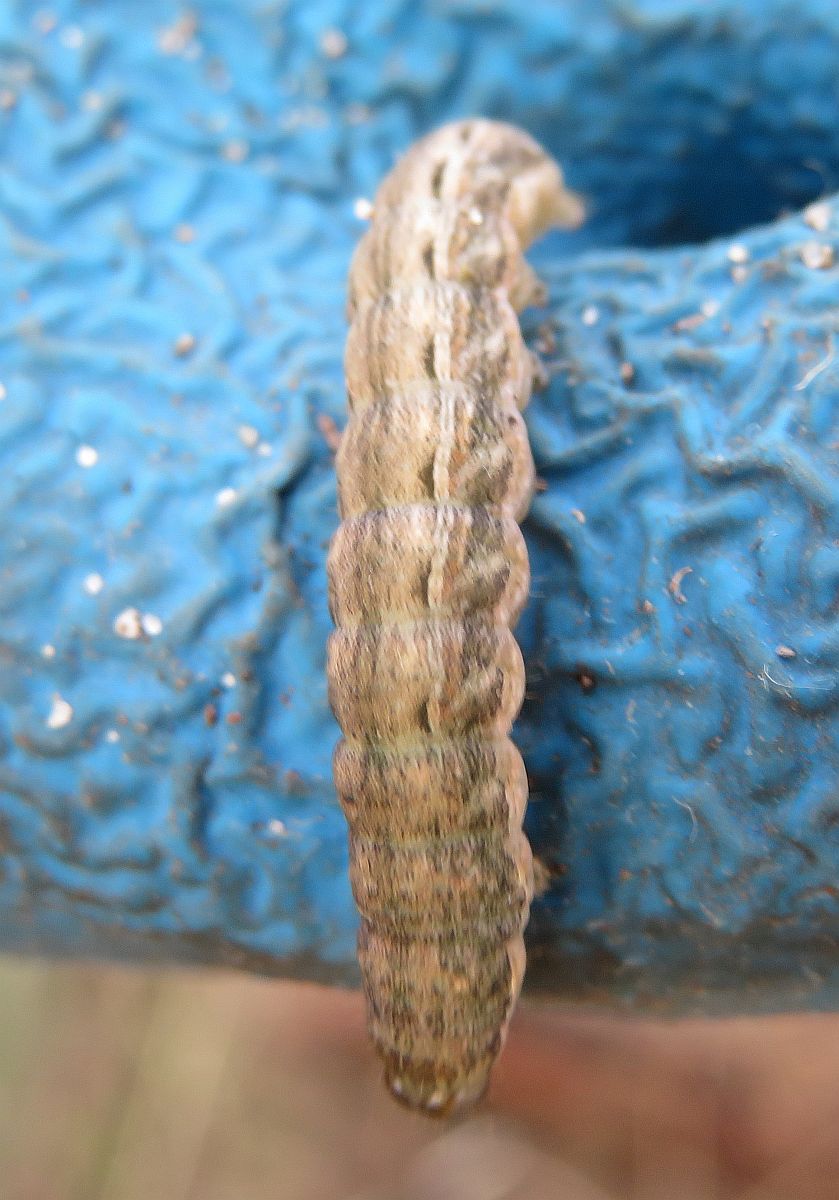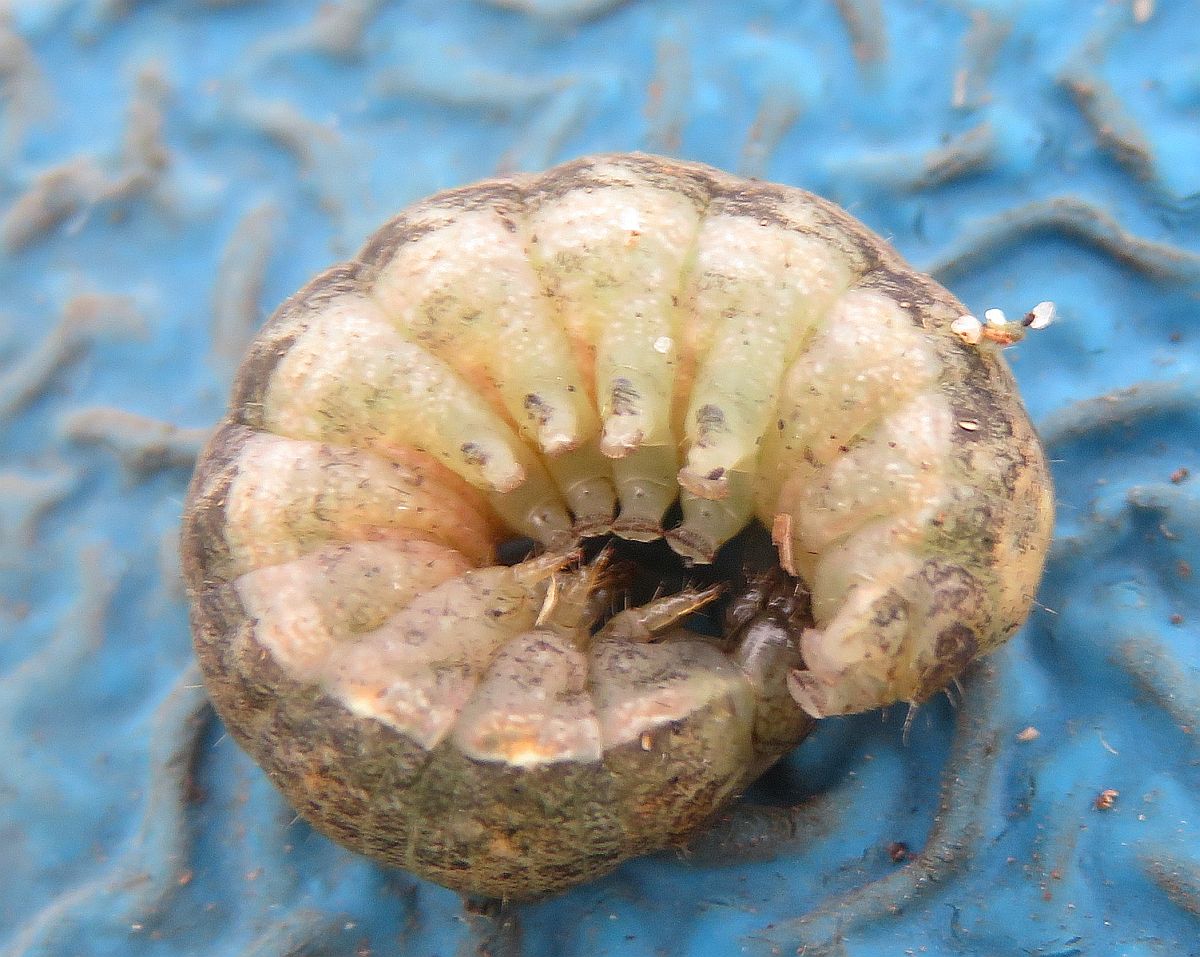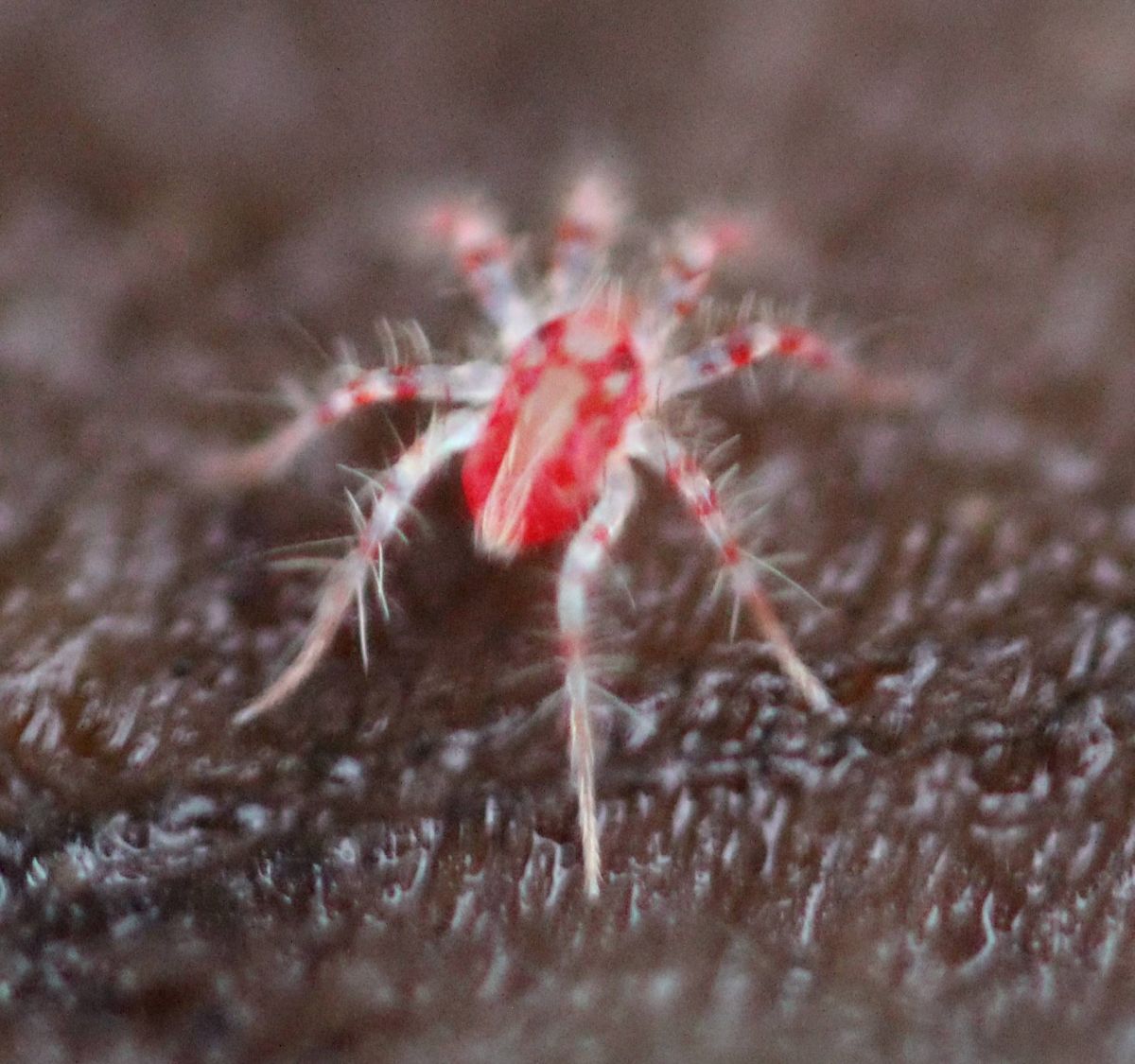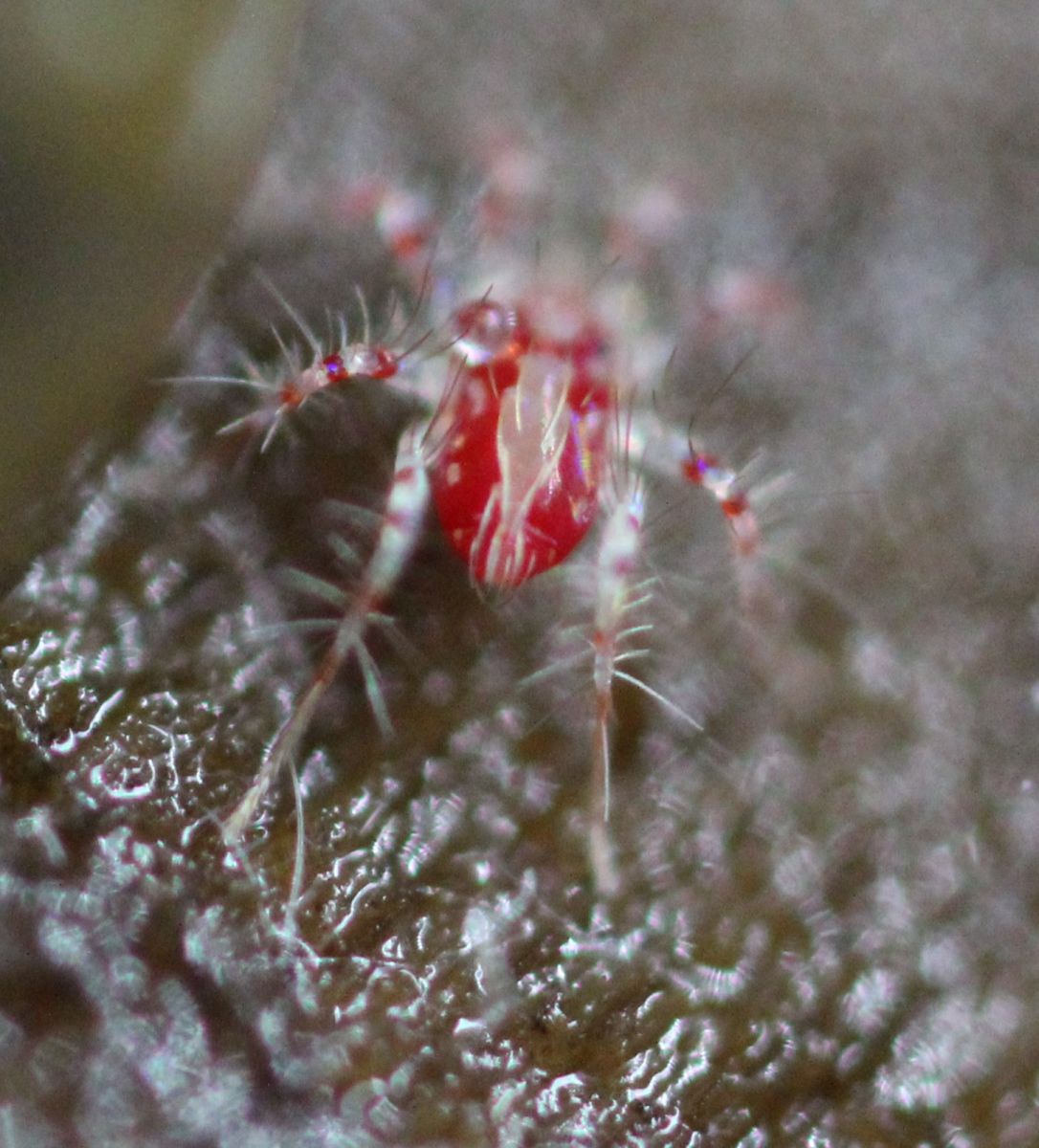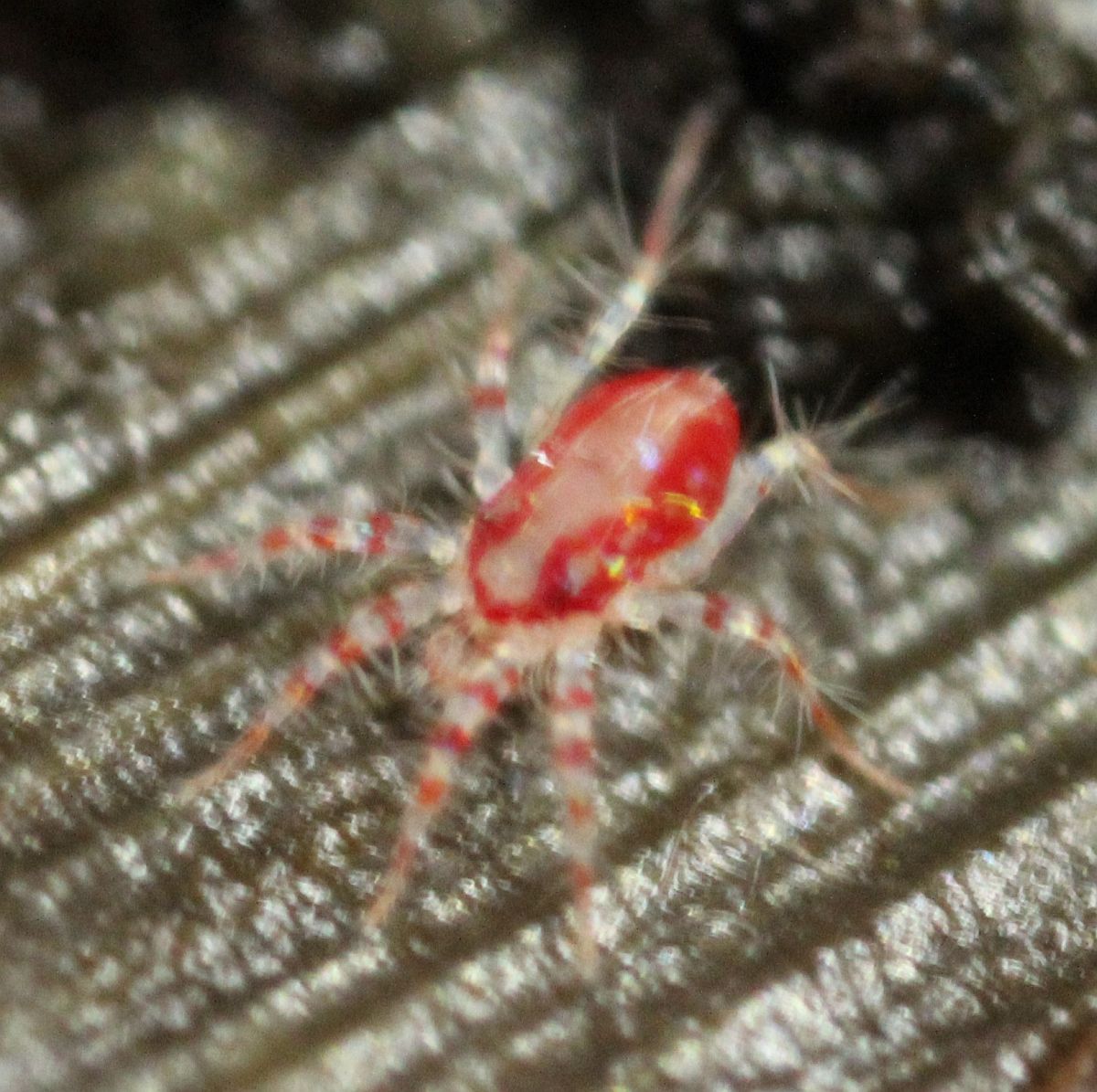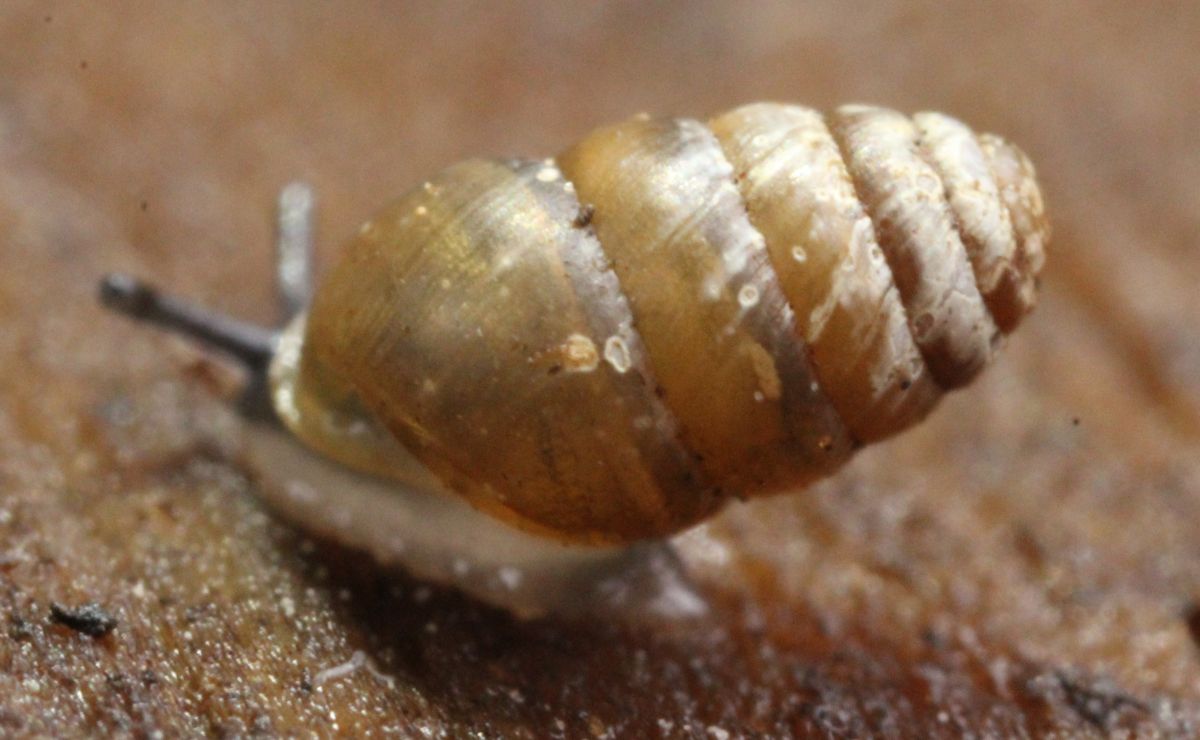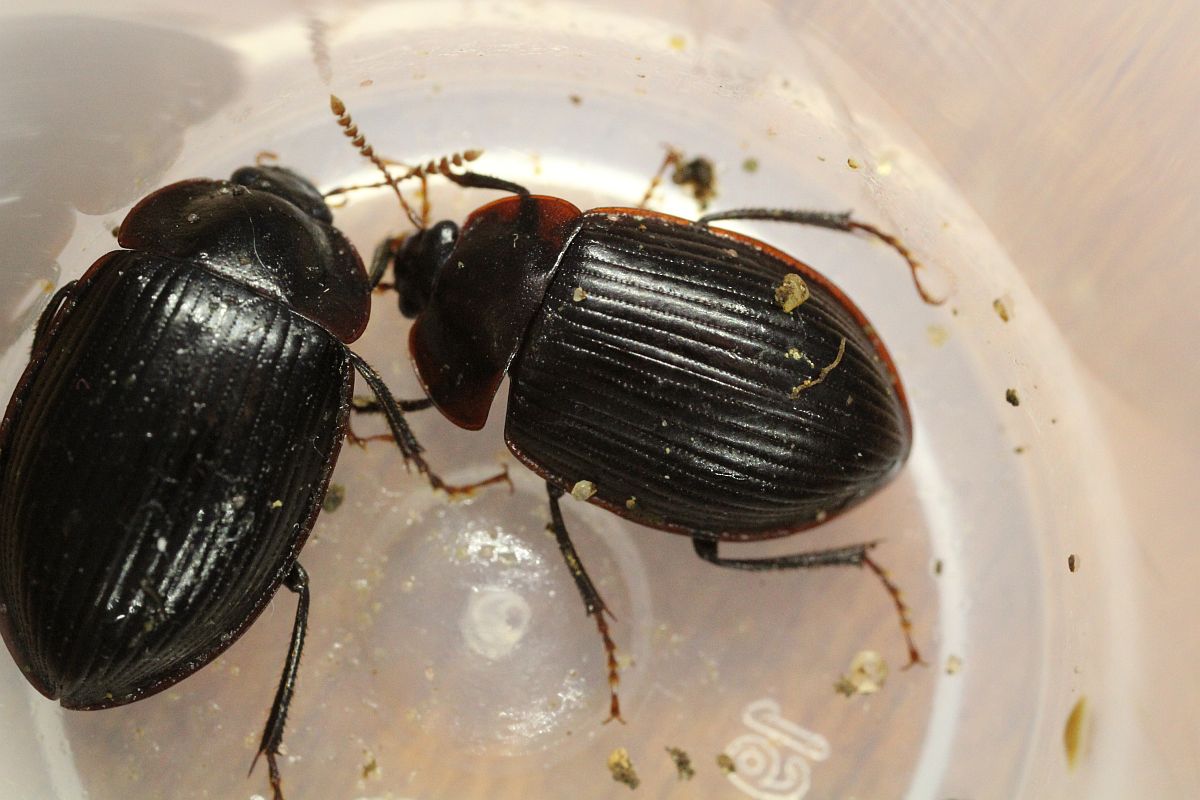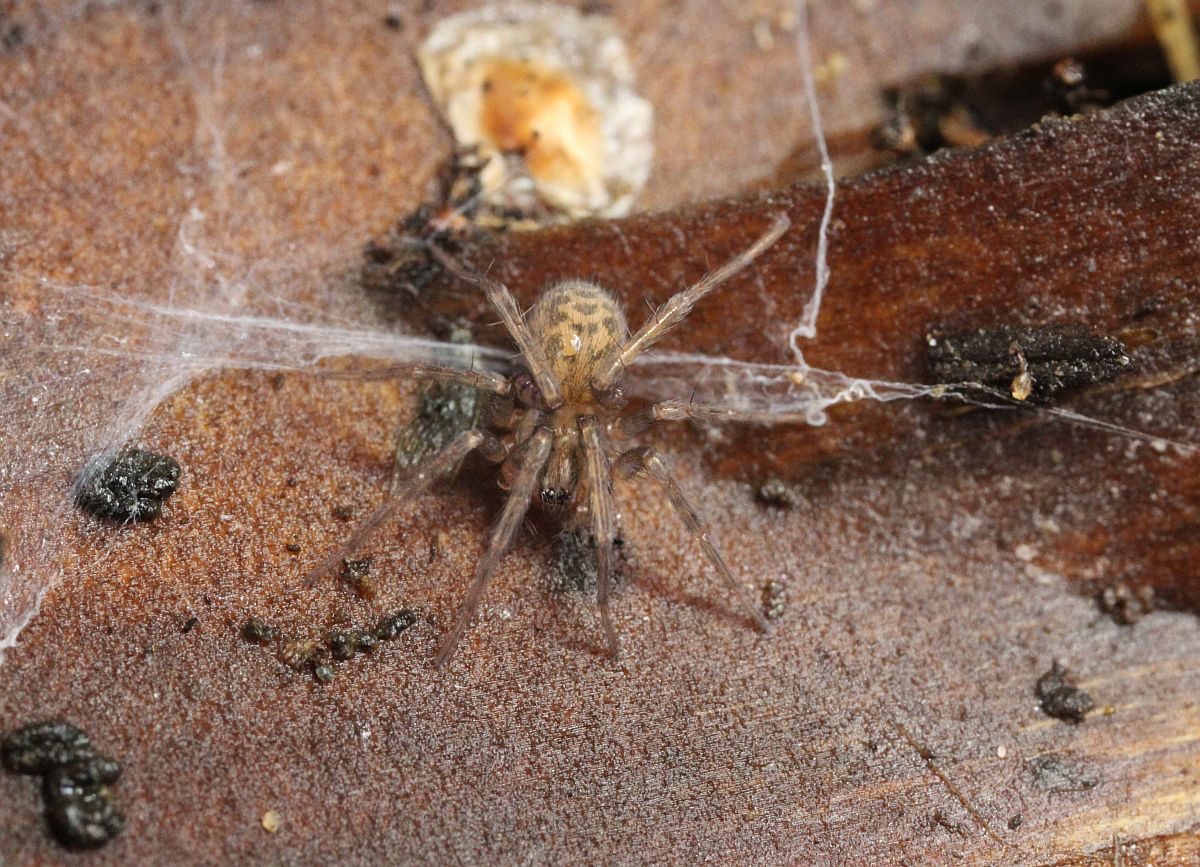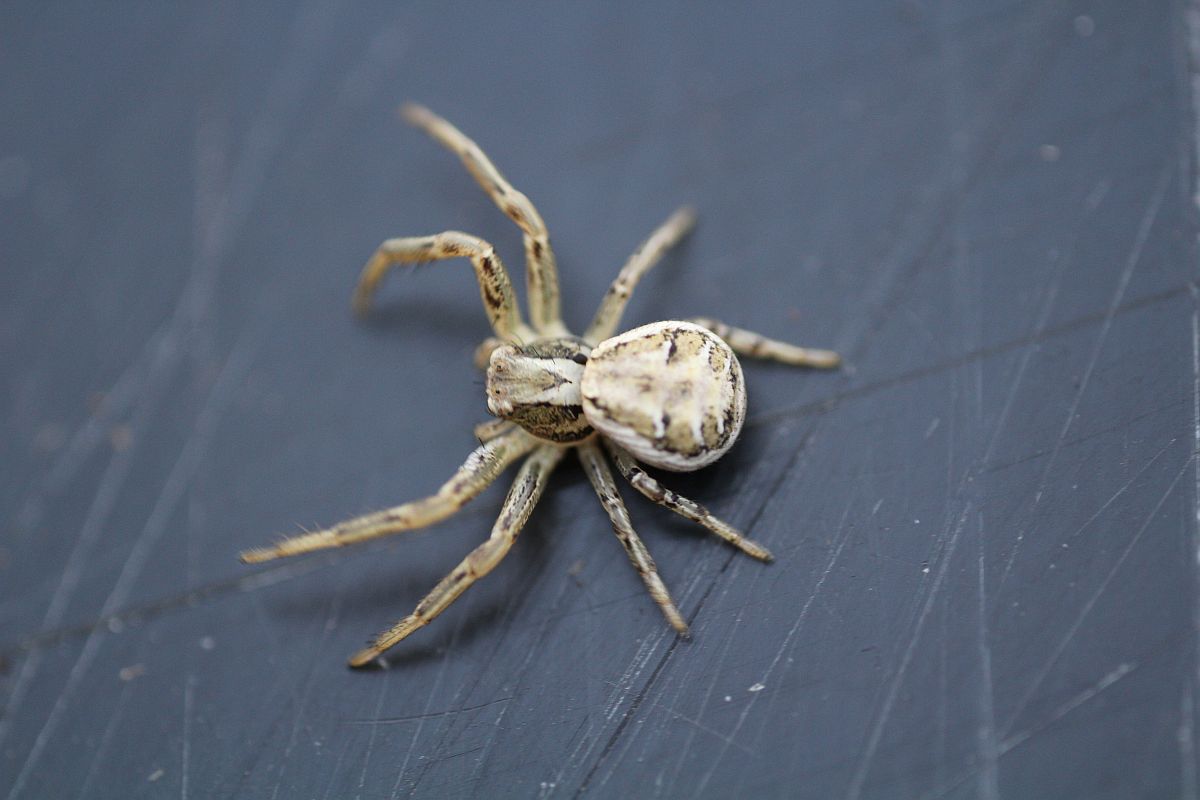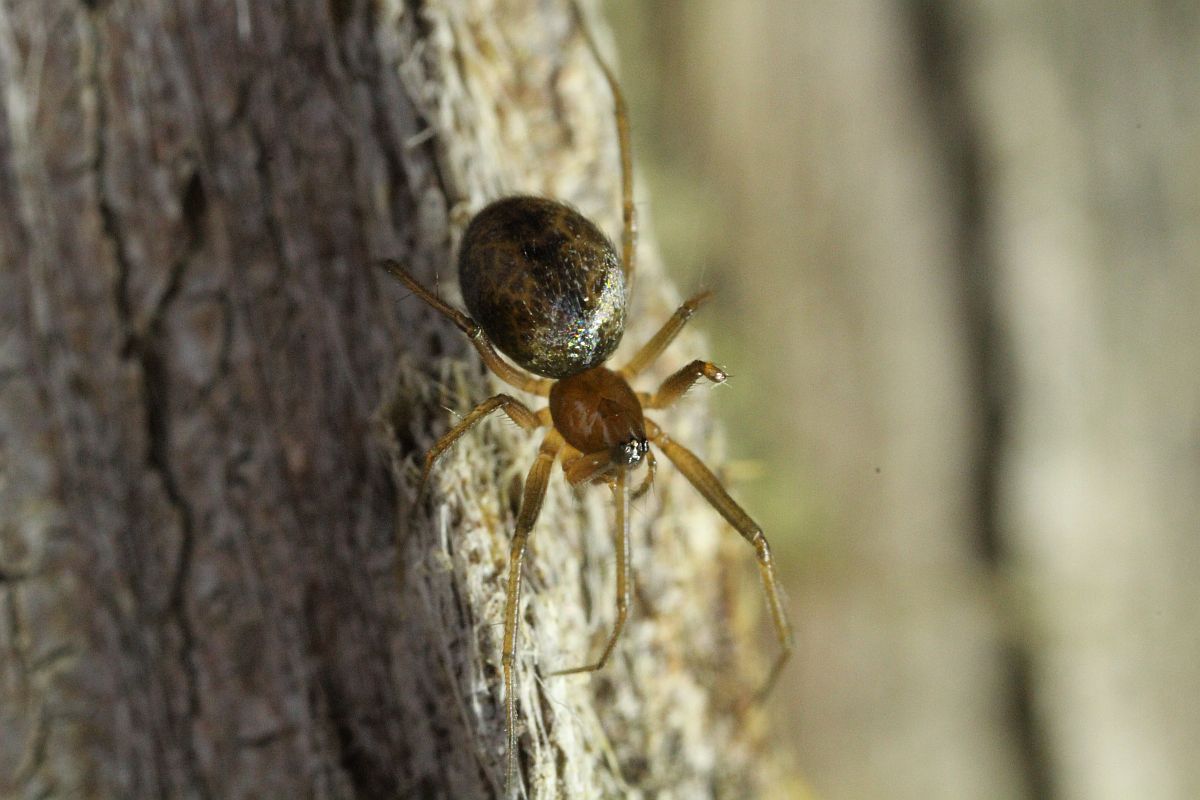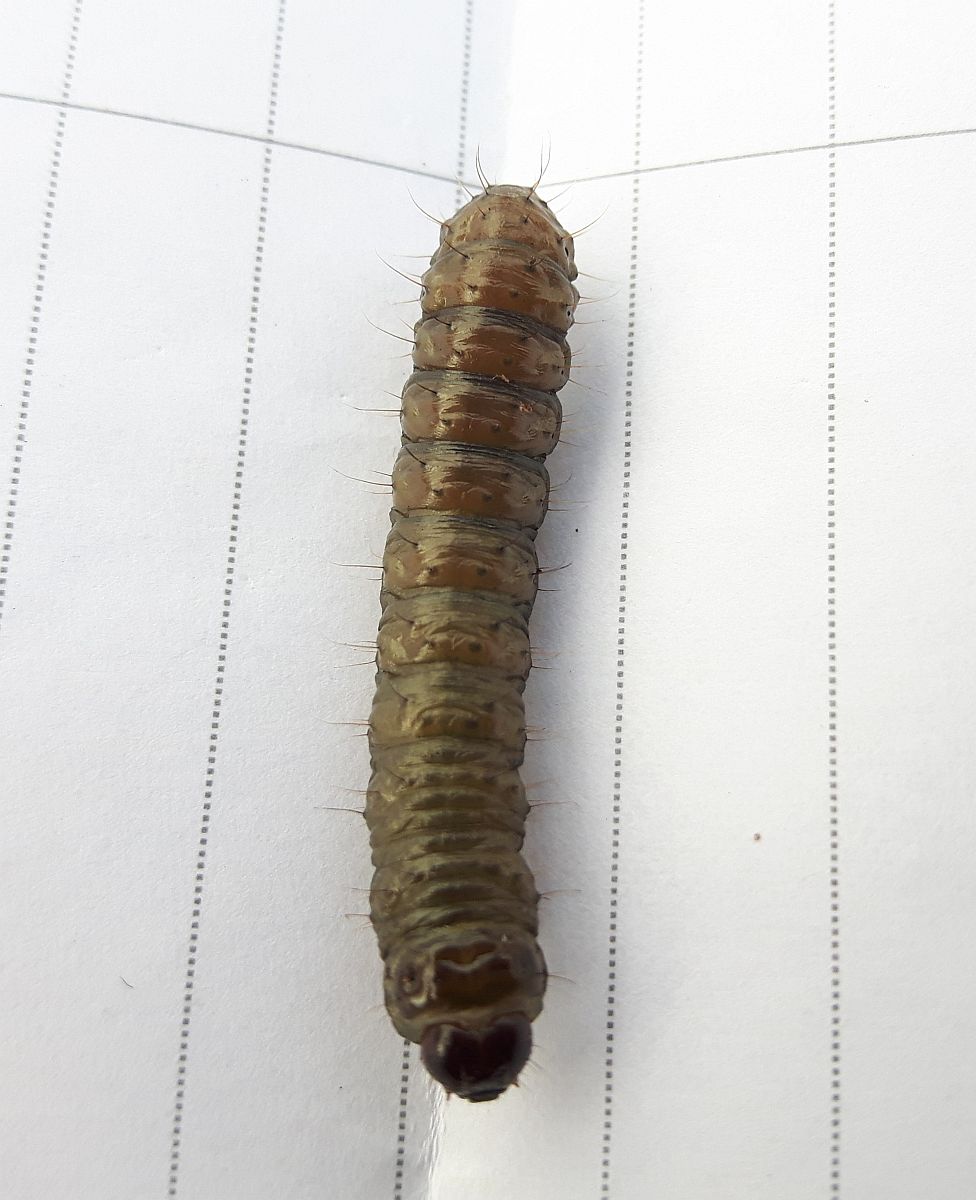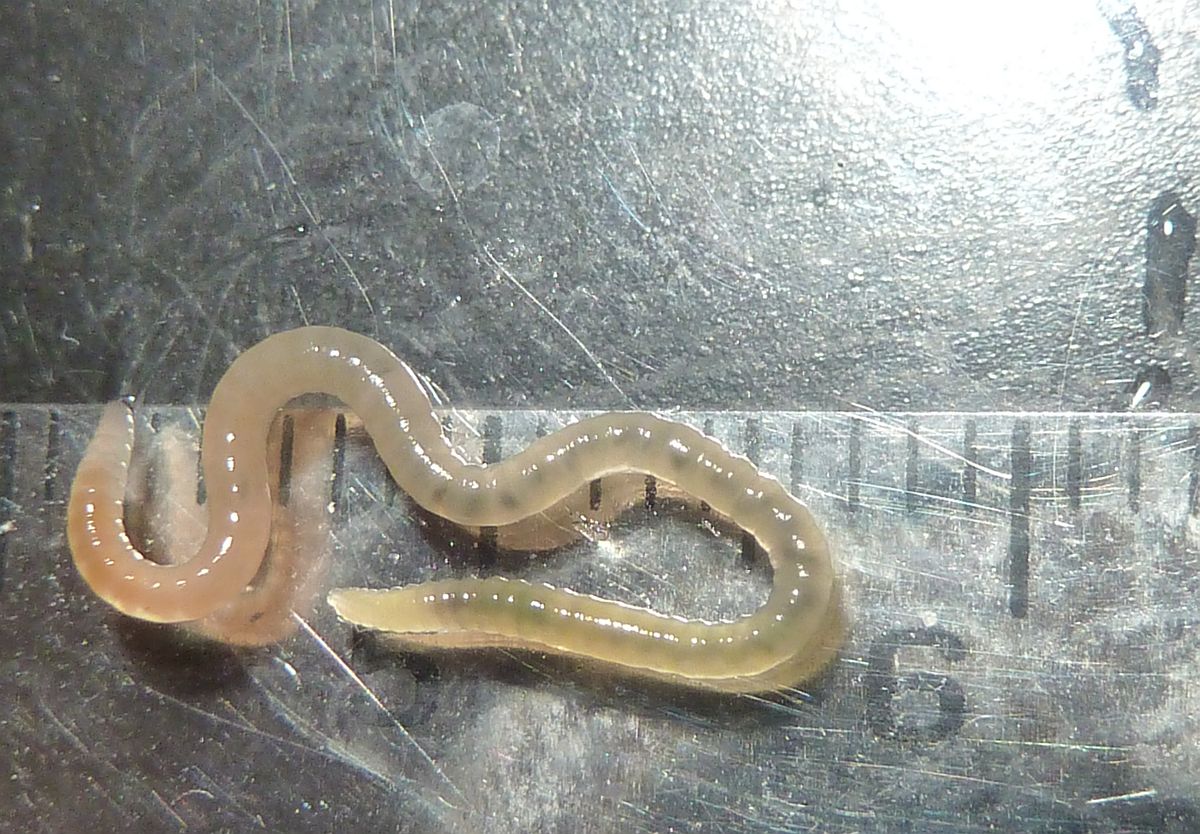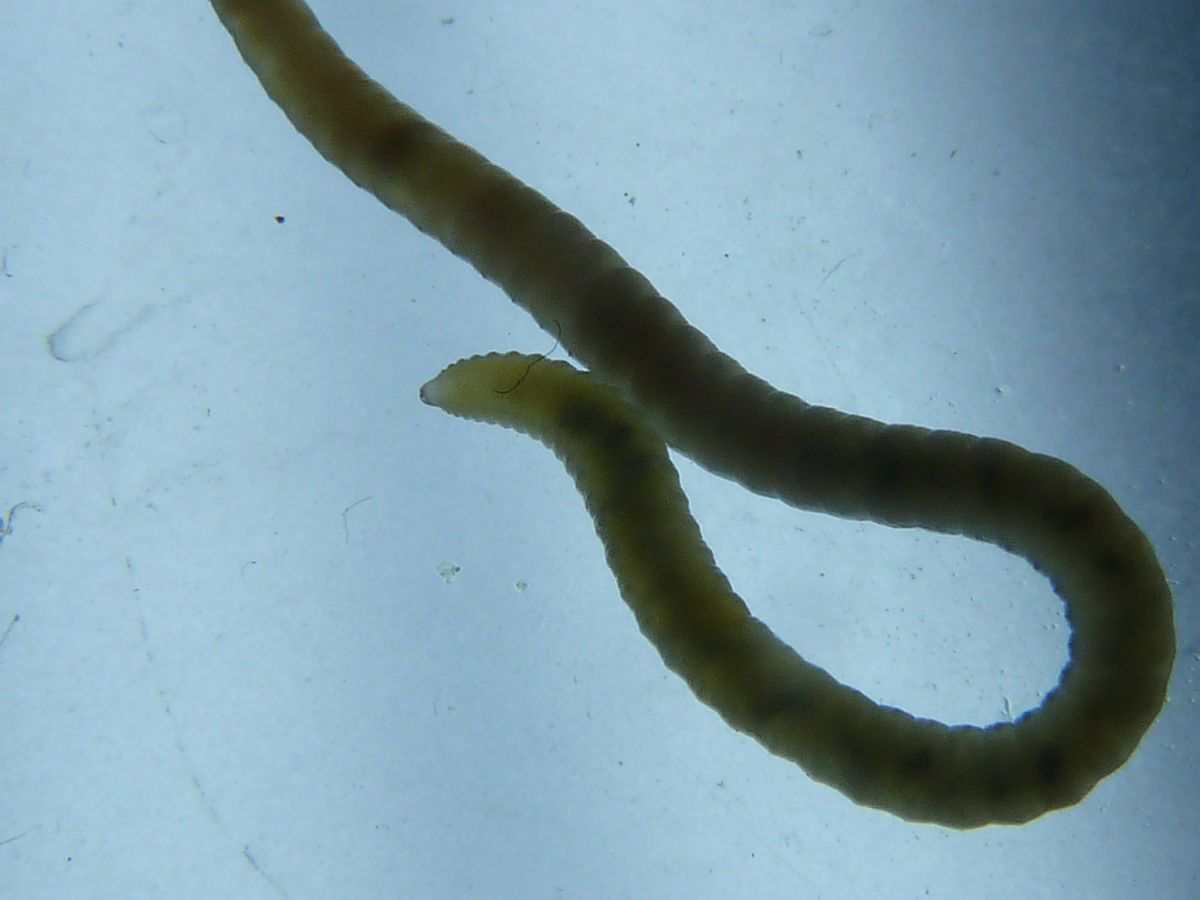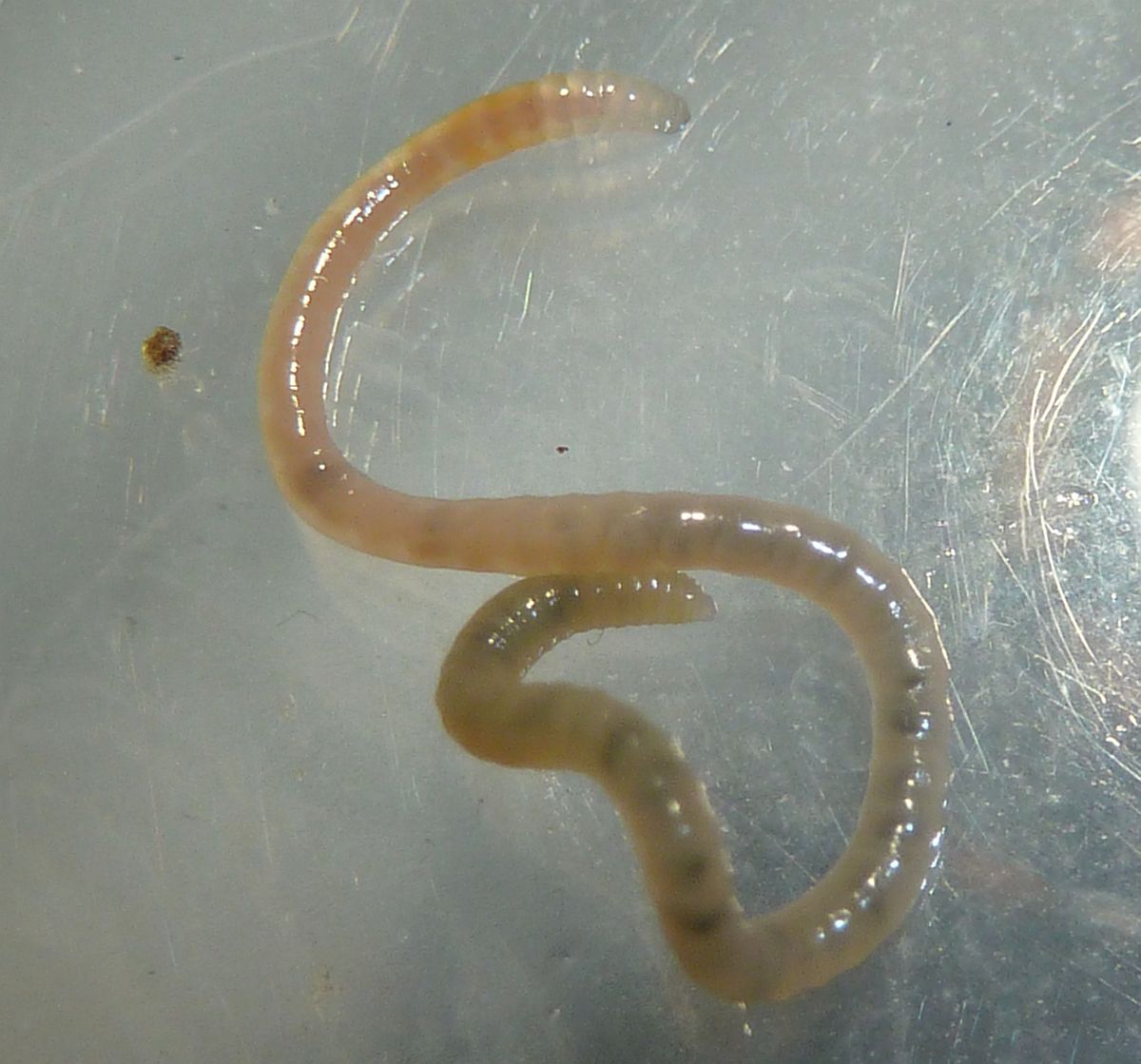2018 January 2
We start off the New Year in a small way. We have had some very small animals on this site (various mites, springtails and even tiny beetles), but I think Scott Gilmore has supplied us with the smallest yet, length about 0.4 mm – surely one of the smallest of all arthropods. His wife noticed a tiny mite walking across the screen of her Ipod, and Scott managed to get some photographs in situ. Scott suggested Tyrophagus (Acaridae), and we are grateful to Heather Proctor of the University of Alberta for confirming his identification.

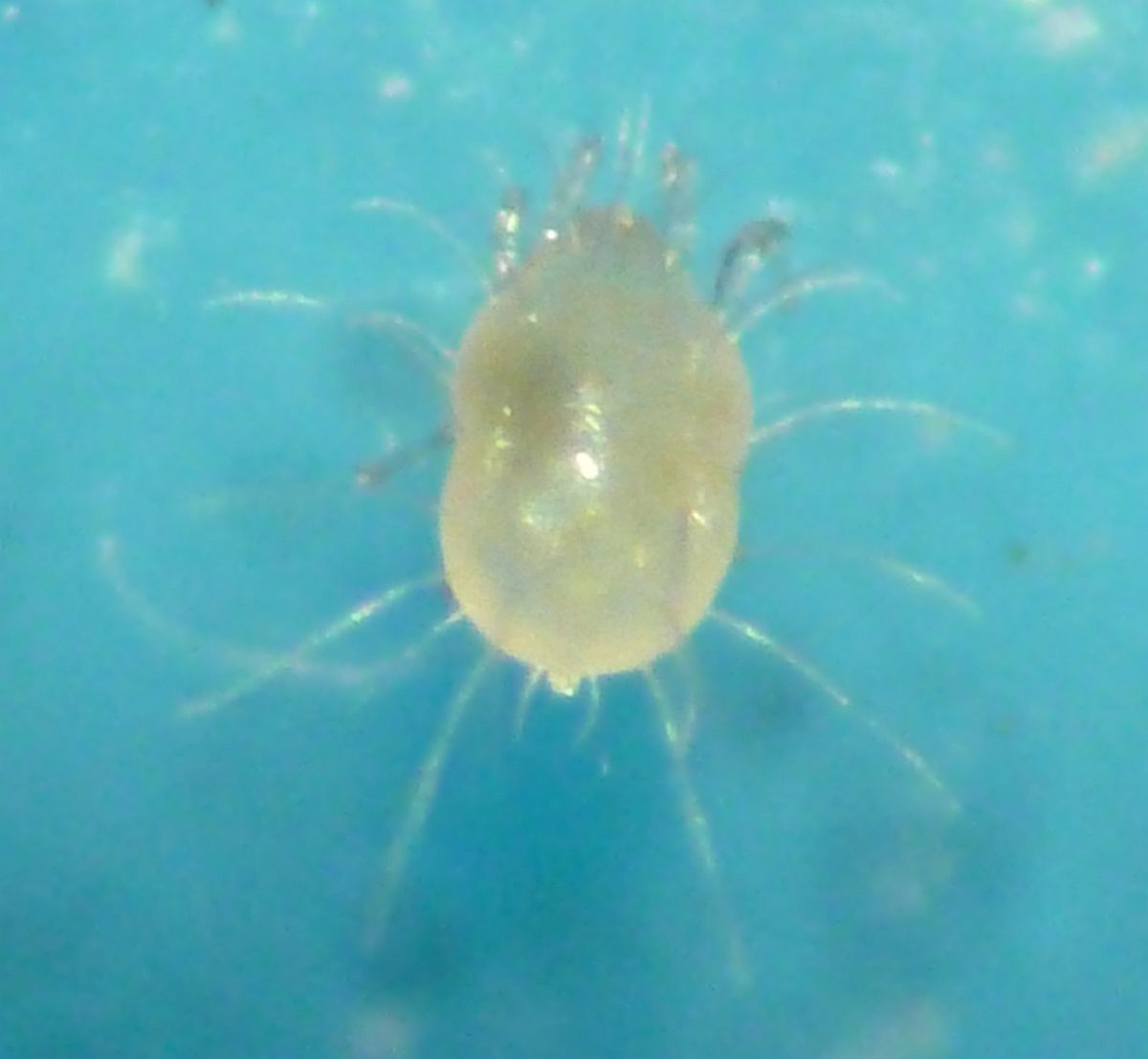
Tyrophagus sp. (Acari: Acaridae) Scott Gilmore

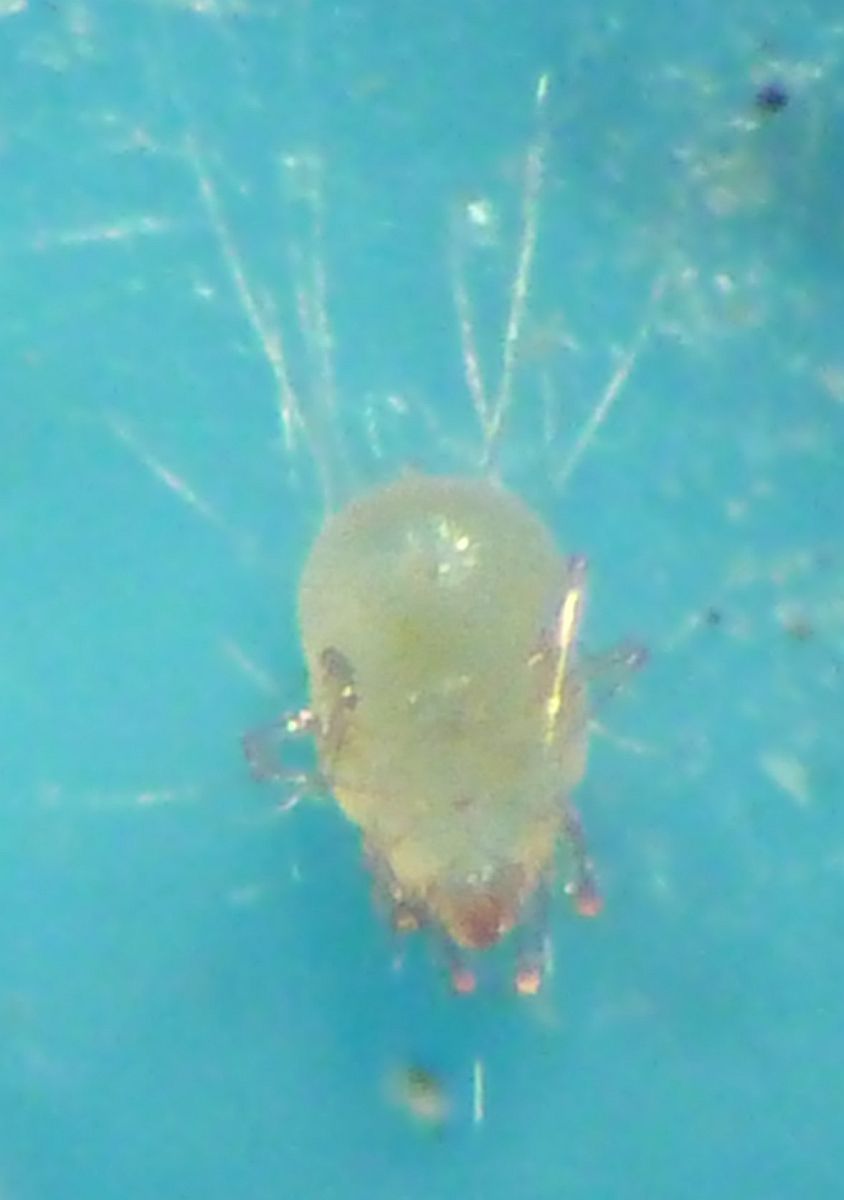
Tyrophagus sp. (Acari: Acaridae) Scott Gilmore

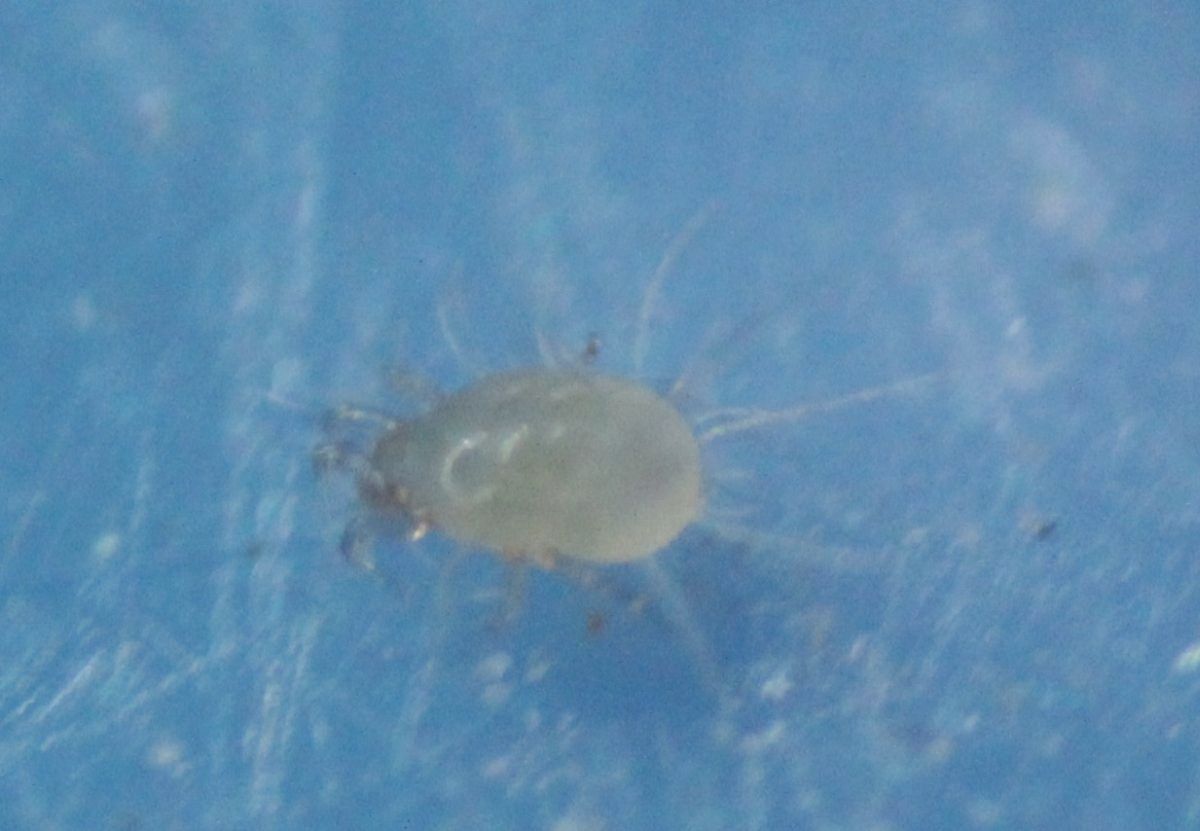
Tyrophagus sp. (Acari: Acaridae) Scott Gilmore
USING THE INDEX
The Invertebrate Alert site has an Index. This note is written to help you use it. It is a little tricky, but after a few goes you may get used to it!
To find the Index, log on to the Invert Alert site in the usual way. One way is to log on to the VNHS website and click on Invertebrate Alert under POPULAR ITEMS. Another way is to click on the link www.vicnhs.bc.ca/?cat=8
Then, when you are logged on to the Invert Alert web site, you’ll see that at the very top line on the site, in large capitals, are the words INVERTEBRATE ALERT. Click on that title, and that will take into the Index.
Now, suppose you want to find a photograph of a particular butterfly or other invertebrate, you have to know its scientific name, because all of the creatures are listed by scientific name. Thus, suppose that you are looking for a photograph of the Western Pine Elfin, you have to know its scientific name, which you may know as Callophrys eryphon.
Near the left hand side of the Index, you’ll find a small window that says “Search Document”. Type in there the species name eryphon, and click. (You needn’t use italics.) I advise against typing the whole name Callophrys eryphon. Invertebrates are often moved by the taxonomists from one genus to another. Indeed in this Index the Western Pine Elfin is listed as Incisalia eryphon. Your search will have failed if you typed Callophrys eryphon, but it will succeed if you just type eryphon.
Having found Incisalia eryphon, you will find a list of dates under which this species appears. Make a note of the date(s) that you wish to look at, and then go back to the Invertebrate Alert site.
The snag now is that you don’t know on which page to find the entry for the date that you want.
There are two procedures. If the date you are searching for is November 2014 or earlier, go to the bottom of the page. There you will find a list of pages, 1 to 9 and finishing at Next. Click on the largest number (just to the left of Next). At the time of writing this number is 104, but it will probably be larger by the time you read this. When you have done that, you will find yourself at June-July 2014. Go to the bottom of the page, and near the bottom you will find a list of months, which you can click on, and your search will soon be over.
If the date you are searching for is later than November 2014 your search is going to be a little trickier. Let’s suppose that we wish to find the image of eryphon on 16 April 08. (This is written in the order year, month, day.) We have no idea which page it is on, and at the time of writing there are 104 pages. Let’s make a wild guess and we’ll try and find page 50. Here’s a quick way of finding page 50:
Near to top of the Invert Alert page you will find www.vicnhs.bc.ca/?cat=8
Between ? and cat type paged=50& and then click This will take you to page 50, which is for 2017 January 31. You have got to go much further to reach 2016 April 08.
Let’s try page 75. Go to the top of the page and change paged=50& to paged=75&
This takes you to 2016 June 14. You’ve still got a little way to go. It’s actually on page 88.
’Fraid this is a bit of a rigmarole, but it’s the best we can manage at present. It’ll be hard the first time you try it, but after a few goes you may get used to it! If we find a better way sometime, we’ll implement it.

